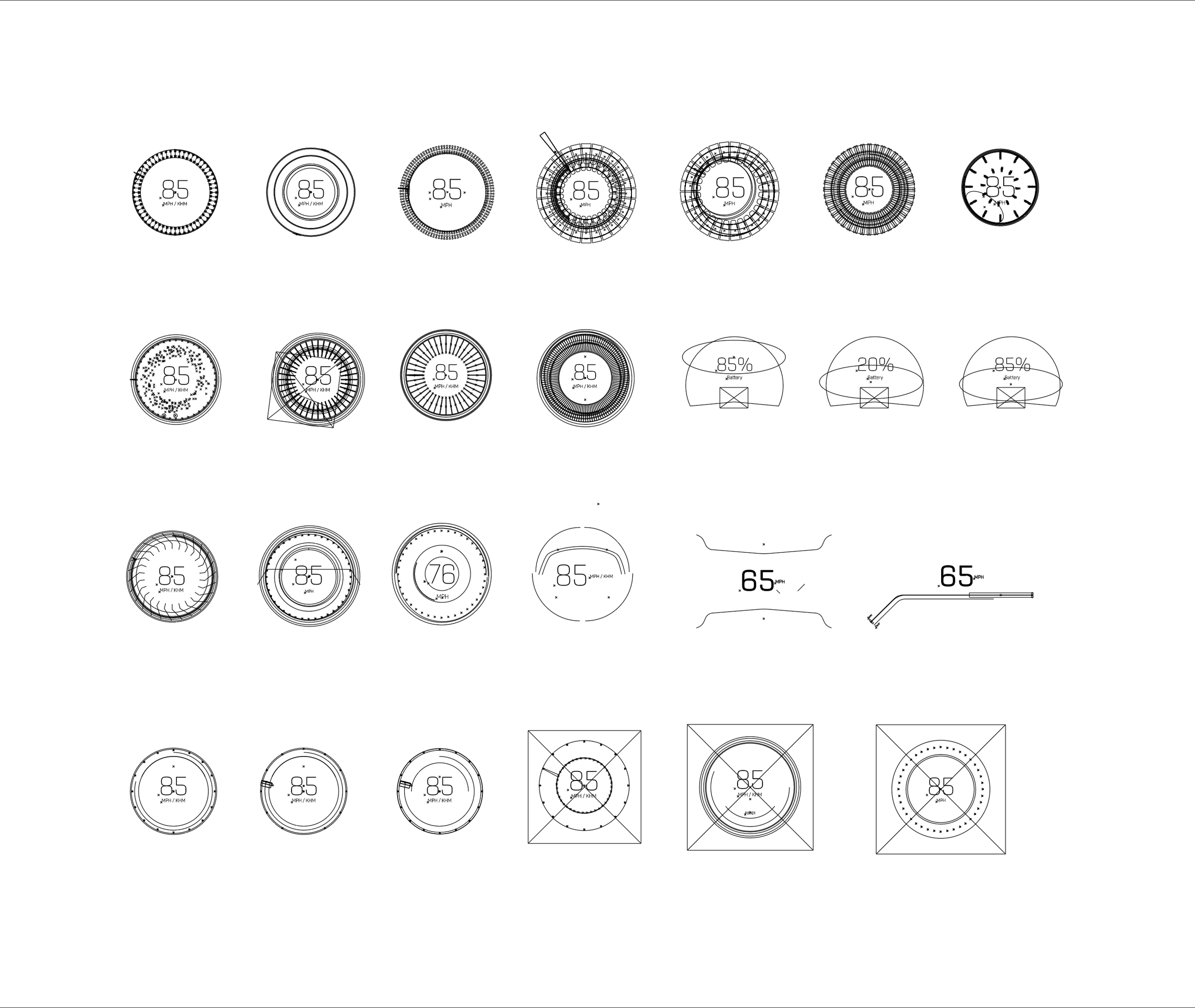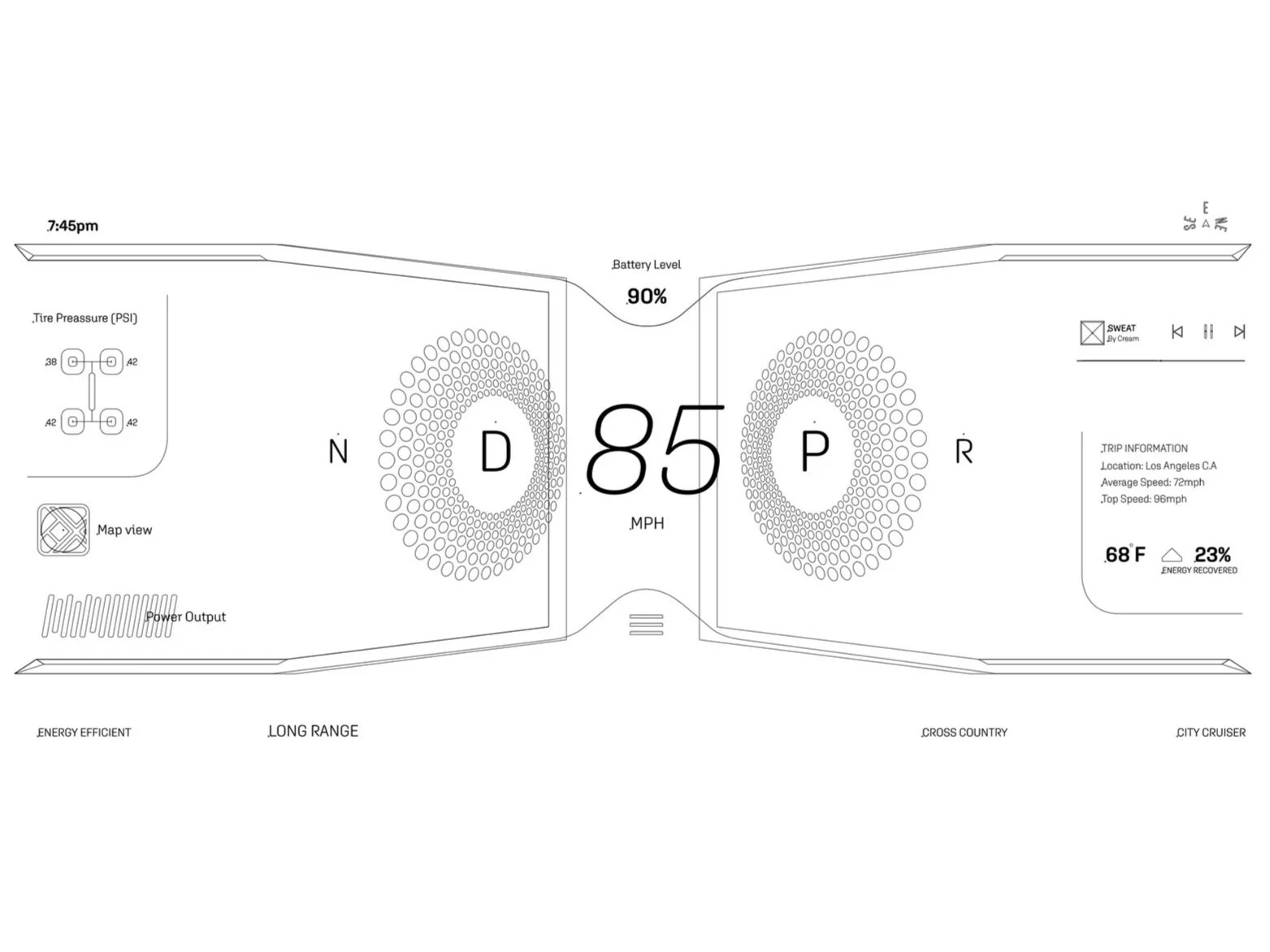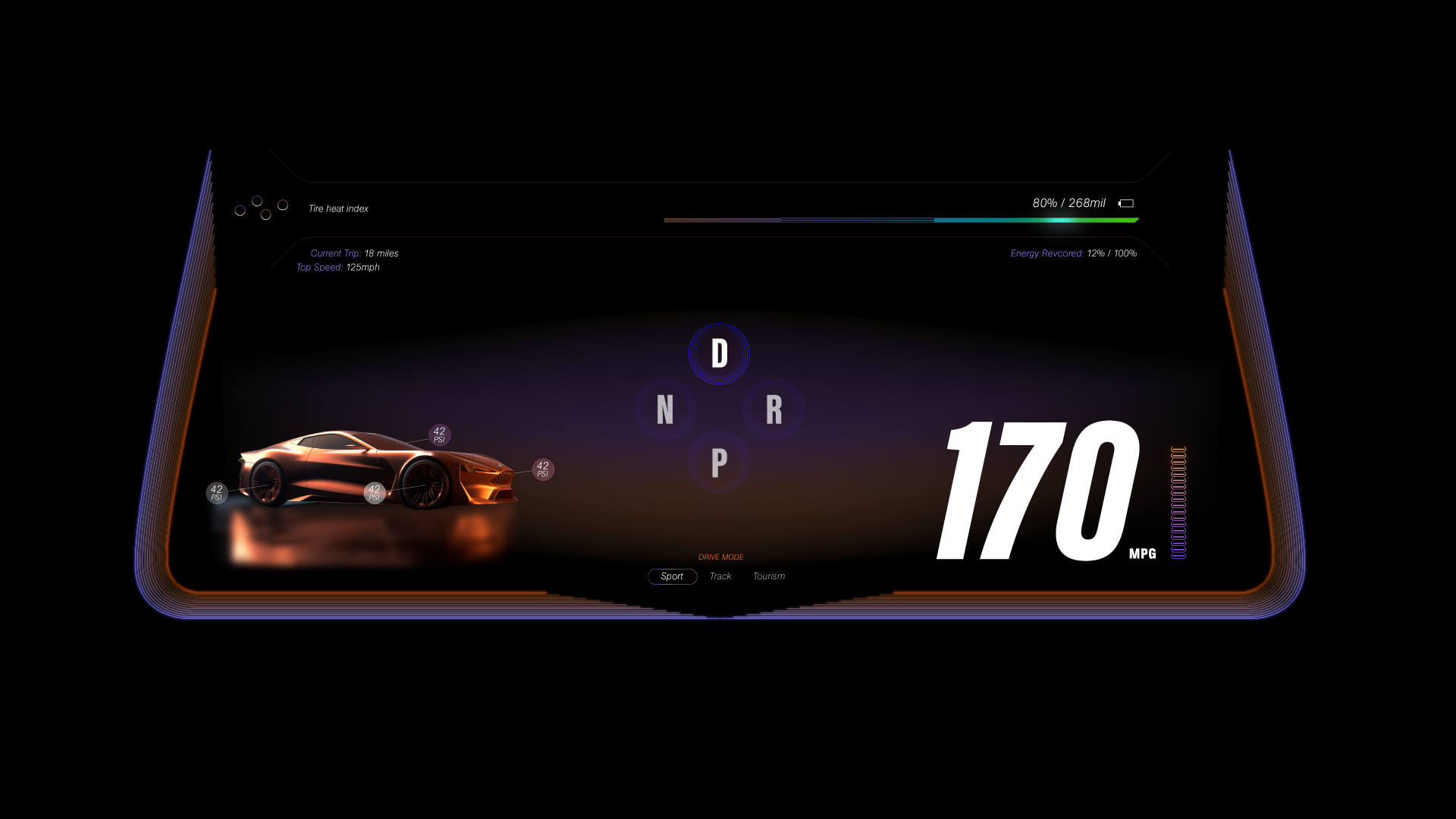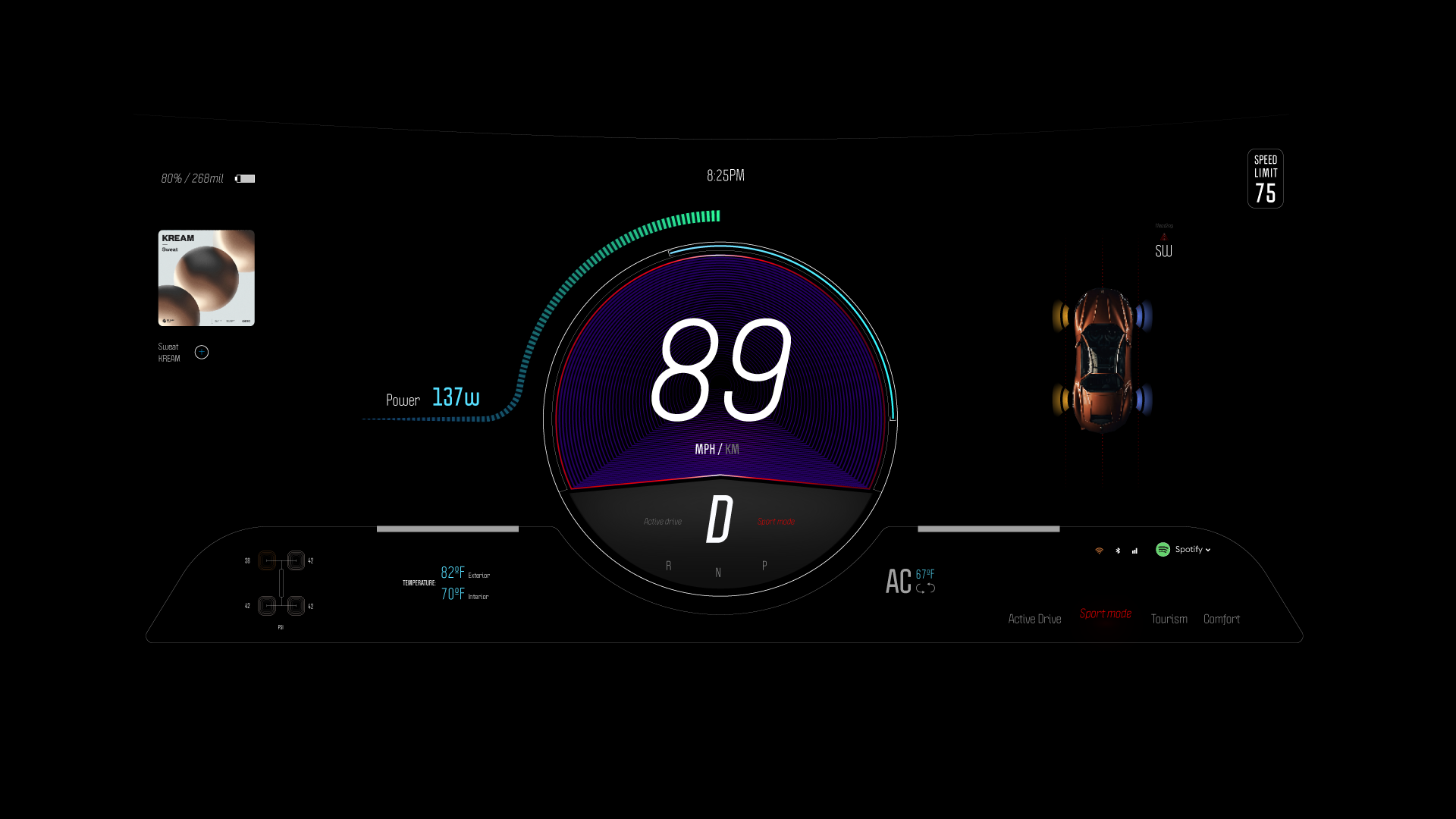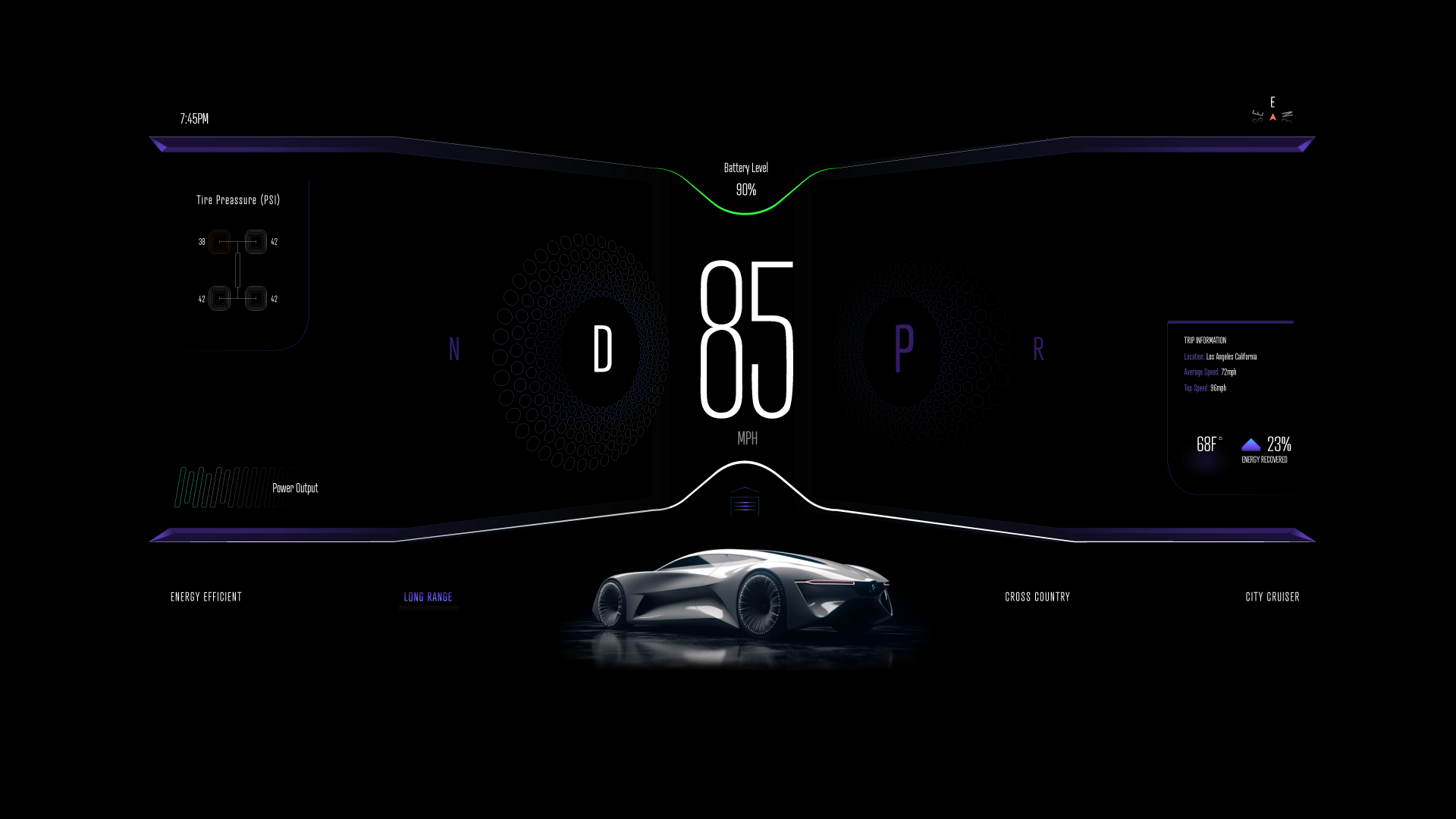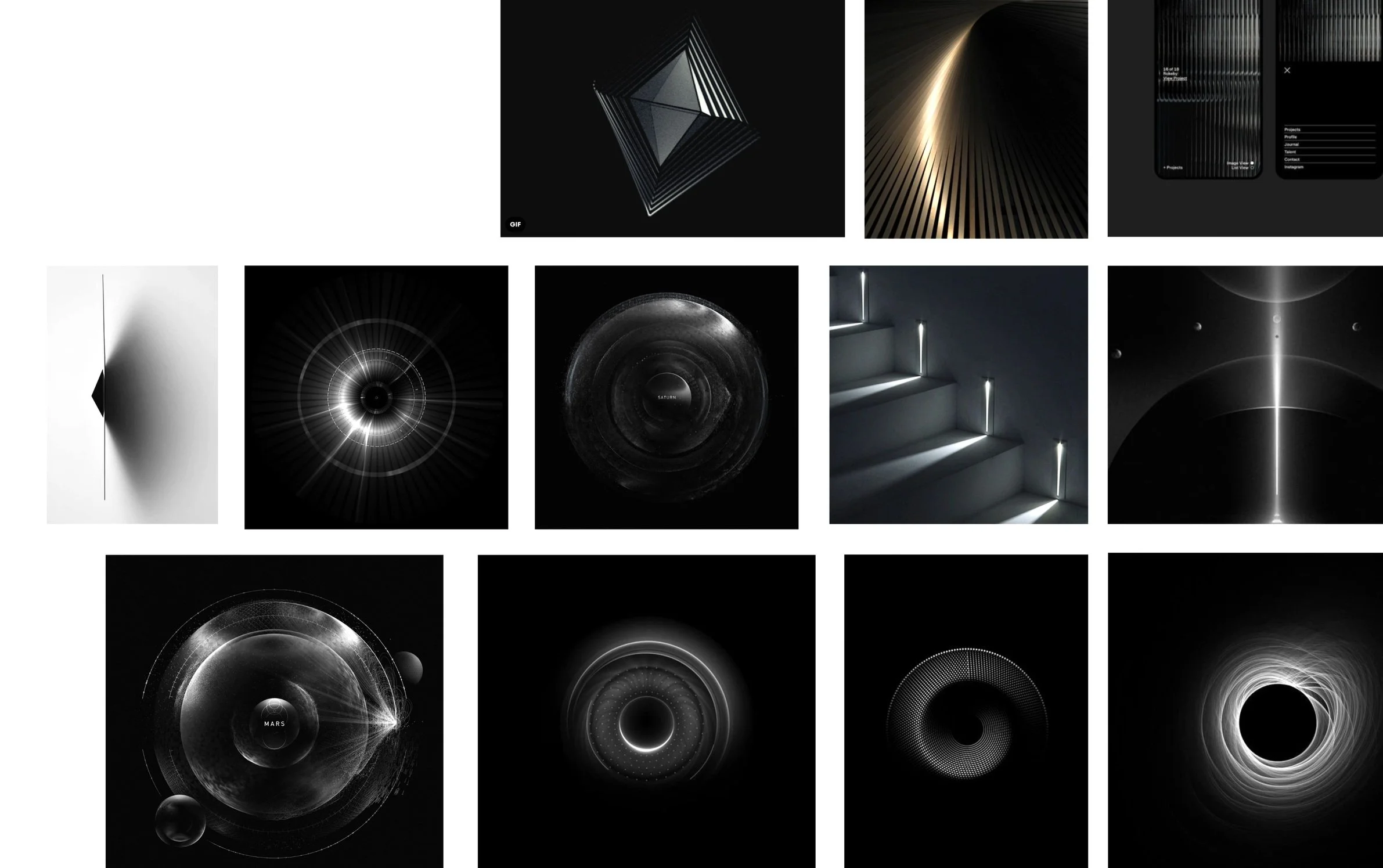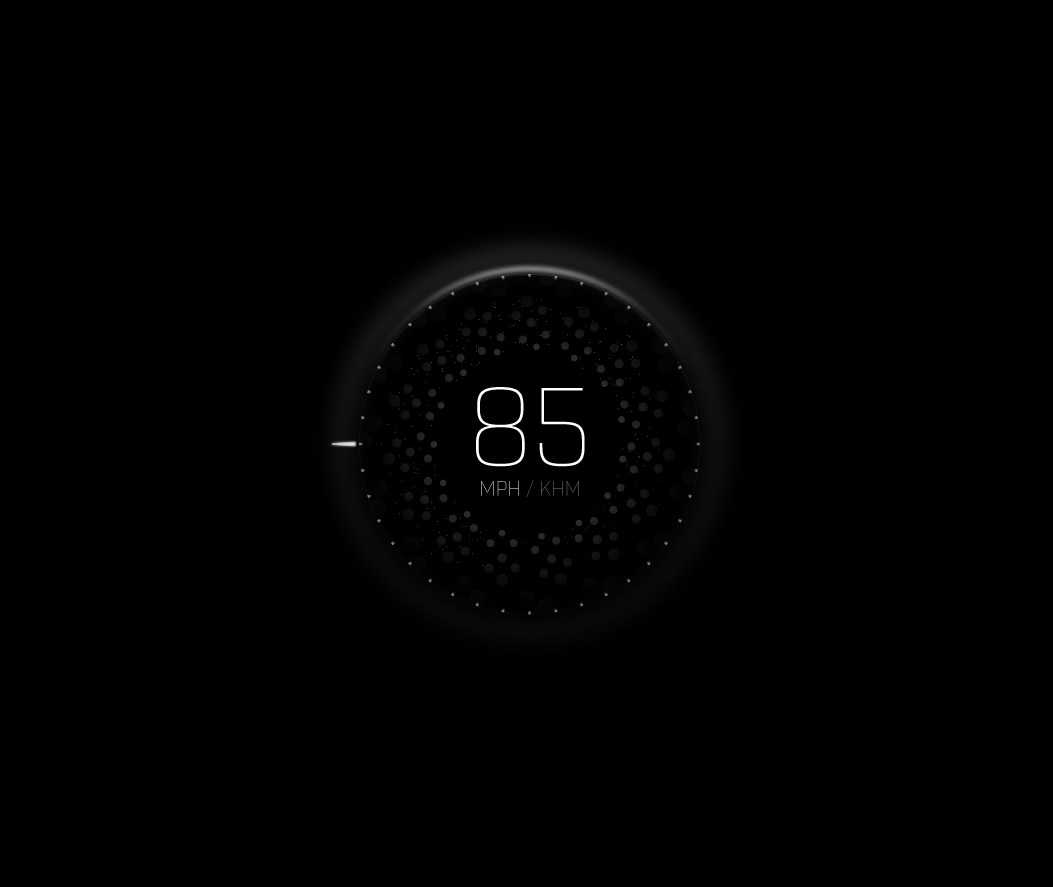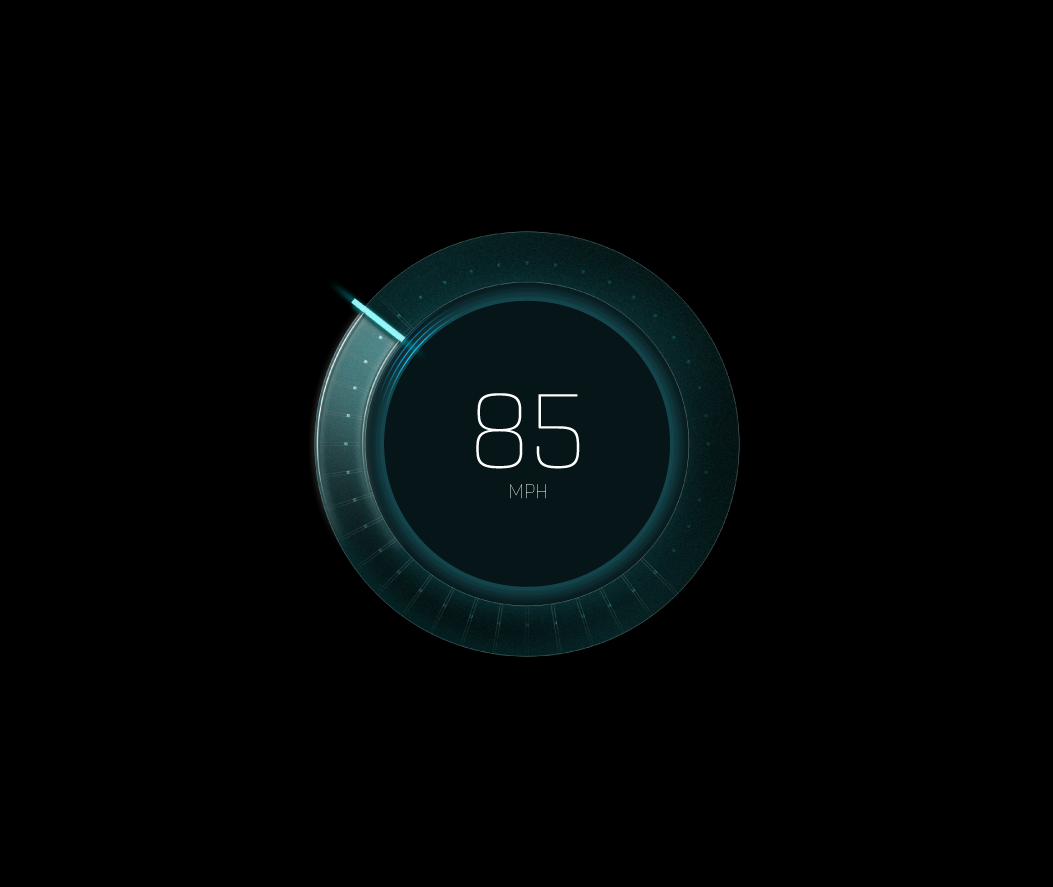The future of driving now begins on the screen
Motion design by Animal farm, inc
Crafting connected interfaces that simplify complexity, prioritize focus, and elevate every journey.
This wasn’t just about redesigning a screen. It was about creating a digital experience that amplifies what driving should feel like—confident, connected, and clear.
In envisioning the future evolution of the Nissan driving experience, I was tasked with crafting a diverse array of conceptual designs for the car UI that would manifest in the years ahead. This project granted me the liberty to embark on a creative exploration, where the vast landscape of potential became my playground. Anchoring this design journey was a profound appreciation for a traditional Japanese concept that captivated my imagination from the outset.
kabuku (傾く)
It is a verb that means "to lean" or "to be out of the ordinary." it is also
known as “ to boldly innovate” & “to break free”
UX storyboard
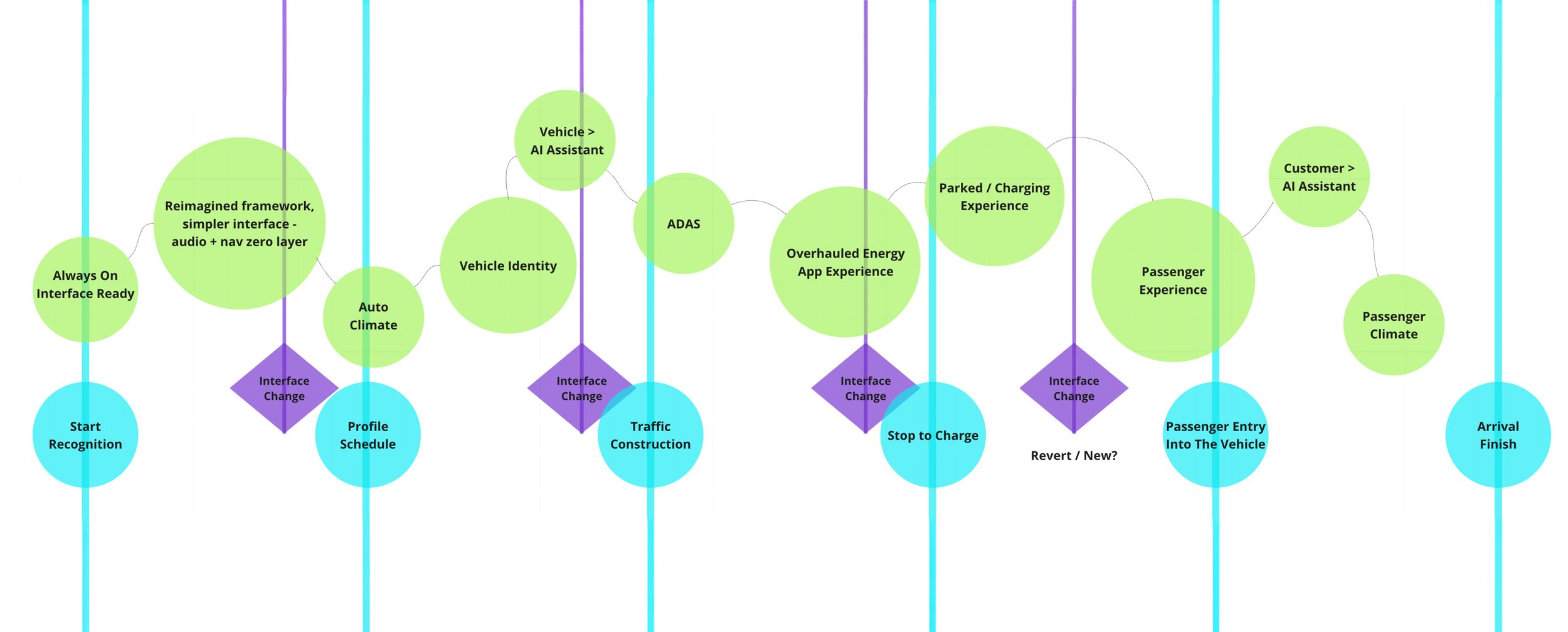
The Design Process
Curiosity in motion
Before pixels or prototypes, there was curiosity. About Japanese culture, tradition, craftsmanship, and Nissan’s design legacy. These insights became our foundation—guiding visual decisions, interaction models, and even the emotional tone of the experience.
Employing the principles of Design Thinking, my approach was deeply rooted in extensive research and the development of empathy maps, aimed at delving into and unveiling the psyche of the contemporary driver. My goal was to envision the landscape of the imminent future from the perspectives of both the drivers and Nissan. Inspired by the profound aesthetic and transformative nature of Kabuku, the precursor to the storied Kabuki, I was able to harness a visually compelling and culturally rich visual language. This served as a wellspring of creativity, enabling me to skillfully weave traditional Japanese artistic themes into the core of my design narrative, not through direct representation but through abstract interpretation.
kabuki
Take a closer look
it is always better with motion
Beautiful simplicity
To bring this interface to life, we began with meticulously crafted vector designs in Illustrator—building a clean, flexible system from the ground up. This approach streamlined collaboration across the team, making it easy to transition into Figma for interactive prototyping. From there, the experience evolved through motion and sound design in After Effects, where we fine-tuned the emotional rhythm of the screen. Every step was intentional, ensuring beauty and utility moved in sync
Iterative Process
•
Ease of use
•
Sophisticated
•
Iterative Process • Ease of use • Sophisticated •
Visual design
Accelerating
the design
During the exploration phase, I was tasked with creating speedometer concepts inspired by both contemporary aesthetics and the raw, minimalist essence of brutalist design. The challenge was to fuse functionality with a bold visual language—one that reflects the precision of modern technology and the unyielding strength of brutalism. This led to a UI that is not only visually striking but deeply intentional in its structure and tone
